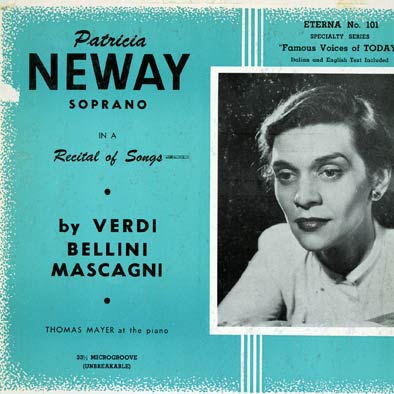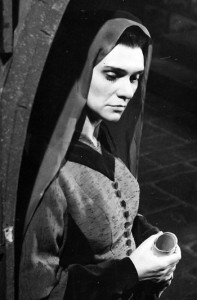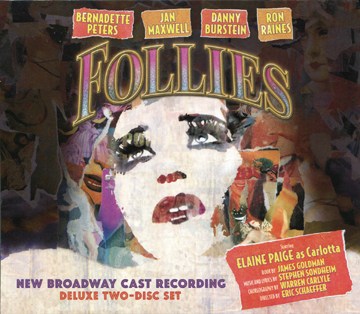It took eight years, but I have finally returned to England. It started in the fall when I couldn’t stop listening to the cast album of Matilda, and I found myself clamoring to see the show. I have usually waited for the West End smashes to arrive on Broadway in order to experience them. But given how much I appreciated this show, I figured it was time for me to stop waiting and just go. I bought my ticket in December and impatiently played the waiting game. As fate would turn out, for this weekend of theatre, Matilda would mark my first-ever experience seeing a West End show (all previous visits to England were, alas, bereft of theatre). More on that musical hit in another post, I’ll just say that I’m seeing it again tomorrow night.
I left JFK via Virgin Atlantic, but unfortunately was unable to get much sleep on the plane. I rarely can; I don’t sleep well sitting up, and can feel every bit of turbulence. I ended getting about 15 minutes of twilight sleep on what was a 7 hour flight. I took in My Week with Marilyn to pass the time. Michelle Williams was absolutely superb as Marilyn Monroe. Hell, most of the cast was (except Julia Ormond, who didn’t seem to have much of a grasp on Vivien Leigh). The script was a bit rote, but it held my interest throughout. Eddie Redmayne was good as Colin Clark, but Kenneth Branagh walked away with everything with his funny, brittle performance as Sir Laurence Olivier. Special kudos to Dame Judi Dench, whose performance as Dame Sybil Thorndike made me unreasonably happy.
Now, I’ve flown before, but I haven’t been on a train in England since 2000, when I visited by brother in Oxford. And I have never experienced the London Underground. After getting through customs, I made the trek to the tube. The first order of business was getting an Oyster card. I had researched it online several times, but that didn’t quite prep me for the menu options and my sleep deprived self just sort of stared glassy eyed at a screen for a long beat. Fortunately, they had a gentlemen there to assist me. I got on the Piccadilly line with a map of the underground and little knowledge except that I was to meet my hostess after reaching the Whitechapel region (Jack the Ripper’s old haunt).
I got on with my suitcase and laptop bag and sat down. I was in a fog so I failed to realize that it was a Thursday morning and there would be commuters heading into the city for work. It wasn’t long until the train was filled to what seemed to be beyond capacity. Being sleep deprived, I just sort of sat and observed everyone around me. Almost everyone was reading something: a book or newspaper. (One committed gent was deep in a game of Angry Birds). Rapidly, the subway car filled up to capacity, and were I claustrophobic I may have had a break down. Uncertain of what transfer to make, I asked a lovely young woman who was more than happy to help. I switched lines and got to Whitechapel with little incident, where I was handed keys to the house I was staying at.
The London rail system is a marvel of cleanliness and efficiency. And you pay for what you get. The rides are not cheap, especially when compared to the NY subway, but Then I had to get to a different line two blocks away. I am staying in a house in the Canary Wharf area thanks to my pal Vera Chok, actress, producer and artistic director of the London-based theatre company Saltpeter. The house is overlooking the Thames, and about 50 feet from the water itself with a most spectacular view. The O2 Arena is across the water, and in general it’s just a resplendent place. Getting to this house was really no problem, and I opened the door and settled in. After squaring away some minor details, I passed out for several hours.
First on my agenda was the evening’s performance of Matilda. After my nap, I got cleaned up and went out to discover the West End. I have never been through the area in any of my previous trips, so it was all going to be new for me. A couple of rides later, I was out at Leicester Square and wandered around, making my way to the Cambridge Theatre to pick up my seats. Nearby is the famed Dress Circle, so I made a pilgrimage and picked up a couple of London goodies before meeting my Twitter/Facebook friend Rebecca Caine for the first time, and folks she’s even more delightful and funny in person than she is online (and she is one of my favorite presences on Twitter). I was less than a day into my trip, and our meeting is already one of the happiest memories I’ll treasure from this trip. We grabbed a quick bite before the show, then Caine, a West End Eliza, giving me a fast tour of the Covent Garden area before we both went to see Matilda.
As for the show itself, that post is pending as jet lag has gotten the best of me…



